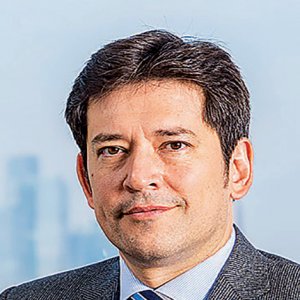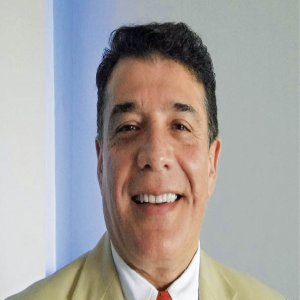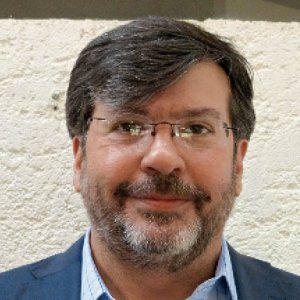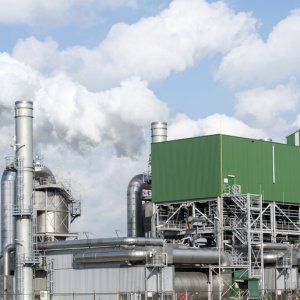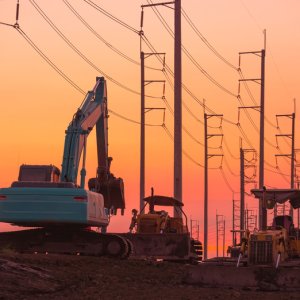Jumping Through Regulatory Hoops in Hydropower

Q: What opportunities were identified in the hydraulic industry that led to the unique business model of Power Development de México (PDM)?
A: When the company was created, it was entrusted by the Chiapas government to become a promoter and encourage investment in the region. During that time, we were able to identify the economic potential of the state, and hydropower was the sector that stood out. It is a well- known fact that Chiapas holds 40% of Mexico’s superficial water, so in a sense it is the crown jewel of water resources. We wish to develop mini hydro projects, since these are not viewed pejoratively from an environmental perspective. With this new business vision, PDM was given the mandate by the state government to develop a pipeline of projects amounting to 400MW. To generate such a significant amount, we put together a team of specialists in several areas, such as technical, commercial, engineering, and institutional. In simpler terms, the company was given the task of harnessing the region’s hydropower market. As a result, our business model has had to undergo several changes. Our traditional model was a portfolio of projects in early stages of development that could be obtained by development funds, banks, developers, or EPCs.
Q: What research methods did the company implement in order to identify the best regions for hydropower?
A: We developed a unique methodology to map opportunities within the state of Chiapas. Firstly, we collected all existing information on topography, which we then cross referenced in order to begin selecting the most promising projects. During this process we discovered that it is difficult to obtain data from the State regarding transmission lines, and that there is little information surrounding water resources due to the fact that most of the research is carried out on Mexico’s large rivers and not its affluent ones. We eliminated sites found in federal natural reserves, close to agricultural processes, nuclei of communities, and those focused on by social movements. In the early stages we had an ambit of 300 areas within Chiapas, and from this large list, we selected 70 sites to carry out field work. This involved carrying out water measurements in order to identify available resources, and we then hand selected the 30 sites that we found the most promising.
Q: How complex is the permitting process, and has this changed with the implementation of the Reform?
A: Our original vision was to carry out less permitting processes and focus our energies on the commercial stages of the projects by looking for potential buyers or partners. For each site, there is a minimum required time of two years to be spent measuring the water resources, as stipulated by CONAGUA, in order to obtain the water concession. This is then followed by detailed technical studies of the surface. The crucial piece of the puzzle is the environmental impact assessment that is carried out by SEMARNAT. Given that this assessment is made public, any player can download the study and plagiarize its findings. We manage our projects carefully in order to prevent these situations.
A project reaches a commercial stage when the site has been secured and the land acquisition has been negotiated. The permitting process encapsulates many small procedures, some of which are misaligned. For instance, the prefeasibility study and power generation schemes are processes demanded at the beginning of a project when, logically, these should be obtained at the end. If the authorities ask for these permits, it puts the companies in a difficult position because at that stage there is no solid indication of how much energy the site can actually generate. The first prefeasibility permit from CFE took a year and a half to obtain, while the subsequent permit took even longer. We certainly hope that the new framework will ease the permitting processes.
Q: How can PDM help shine a light on the true potential of hydropower?
A: All information collected during the exploration phases was donated to the local authorities. The research we carried out helped reveal the most appropriate development sites and shine a light on the potential of hydro in Chiapas. We are leaders in Chiapas and our client base is diverse, so our clients constitute developers that want to buy a project with all the initial permits and studies already incorporated. For projects that are in a ready-to-build stage, the natural clients are investment funds and off-takers interested in running their own plants. We are looking to expand beyond the borders of Chiapas and we constantly look for fresh business opportunities.
